May 15, 2025 | 11:31 GMT +7
May 15, 2025 | 11:31 GMT +7
Hotline: 0913.378.918
May 15, 2025 | 11:31 GMT +7
Hotline: 0913.378.918
Vietnam has 22 universities training students in the field of livestock production and veterinary research. Approximately 5,000 bachelors and veterinarians graduate from these training institutions each year, but the current market is more demanding than ever.
Over 1,000 businesses of all scales operate in the livestock industry, not to mention nearly 3,000 veterinary clinics and hospitals. Even if a clinic only recruits one veterinarian per year, the market would still need a lot of human resources in this industry.
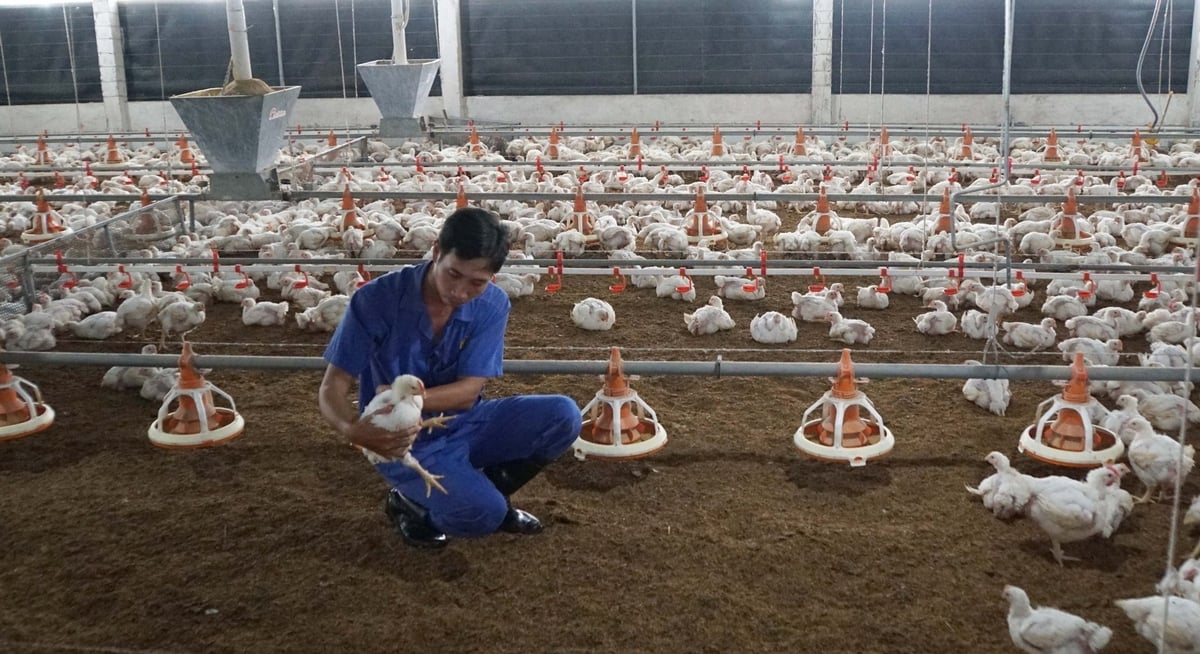
Vietnam still lacks many veterinarians for specialized professions. Photo: Le Binh.
It is estimated that each year, Vietnam needs 19,000 veterinarians with practice certificates to meet the requirements for research and animal management at farms and livestock companies. In the context of complicated epidemics in livestock and poultry, specifically African swine fever and avian influenza, the shortage of veterinary staff exposes the livestock industry to more risks.
The situation also affects businesses specialized in producing vaccines and veterinary medicines. Nguyen Van Minh, the Director of a veterinary vaccine production company in Dong Nai, mentions that the company’s constant “hunt” for capable and dedicated students to work for the company is often met with little to no progress.
“We are expanding, but cannot recruit enough staff. Positions requiring high expertise in immunology, epidemiology, and biotechnology are almost impossible to fill. We are willing to accept fresh graduates to work in the company and offer additional training, but it is still very difficult to secure the desired number of employees,” says Director Minh.
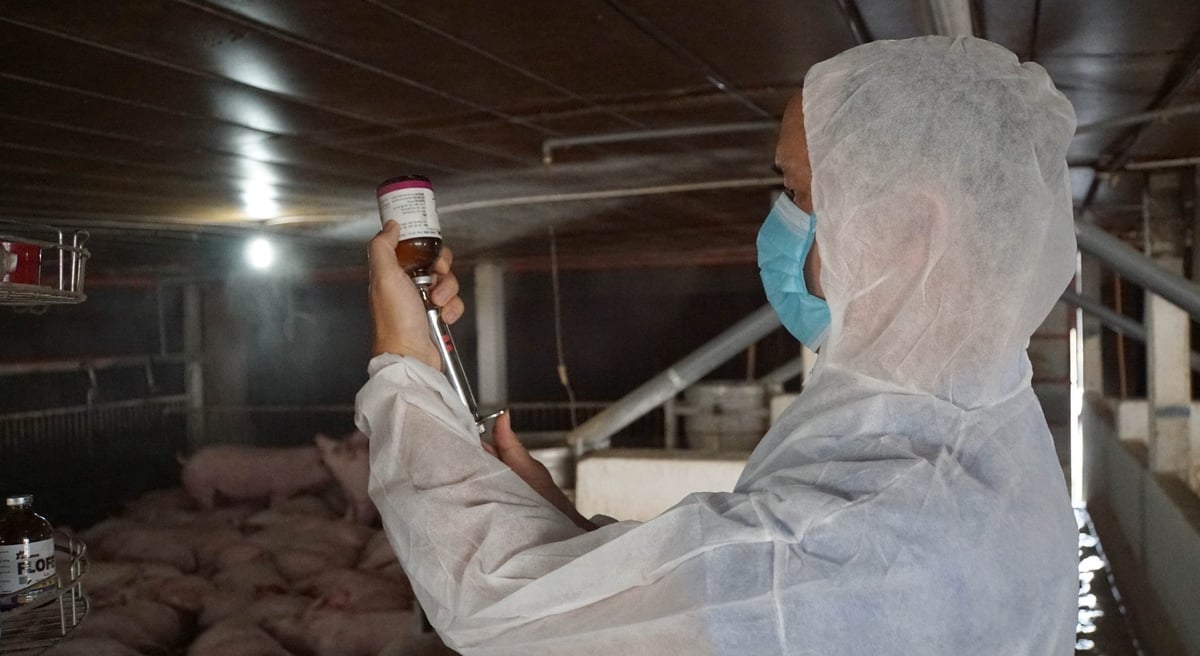
Veterinarians are sought after by corporations and companies in the field of livestock and veterinary medicine, and they are offered attractive salaries even before they are about to graduate. Photo: Le Binh.
The shortage of veterinarians affects not only the business side but also large-scale farms. Tran Van Hung, owner of a farm with more than 5,000 pigs in Binh Duong, expresses his concern. “The epidemic remains the biggest concern, but there are too few veterinary staff with the expertise to control it. Finding people who are both knowledgeable and willing to work in practice is not easy. Many university graduates are reluctant to go to the farm because of the intense workload and the starting salary usually being below expectations, but without them, we cannot maintain stable production,” he said.
Solving the human resource problem cannot be the responsibility of universities or businesses alone, but requires coordination from the government, the education sector and the labor market. With appropriate policies, the veterinary industry will not only attract many young workers but also play an important role in the sustainable development of Vietnam’s agriculture.
According to Dr. Le Quang Thong, Head of the Faculty of Animal Husbandry and Veterinary Medicine, Nong Lam University Ho Chi Minh City, the supply does not meet the demand in terms of training veterinary human resources partly because the industry’s currnet trend is going against the world’s, especially in the case of developed countries. Developed countries do not train as many veterinarians as Vietnam, but instead they focus on training quality and synchronization with technology.
“To give an example, Indonesia has a population three times larger than Vietnam, but its veterinary schools are fewer than ours. Vietnam has 22 universities that train veterinary doctors, while Indonesia has only 13. In another case, Japan has only 17 schools that train veterinarians with a total of more than 500 graduates each year,” said Dr. Le Quang Thong.
In developed countries, the livestock industry applies digital technology in herd management and care. Therefore, each company only needs 1 - 2 veterinarians to monitor animal health and operate the care process. Vietnam’s livestock industry still spends too much time directly monitoring and controlling farms, which is “a waste of human resources” from Dr. Le Quang Thong’s perspective.
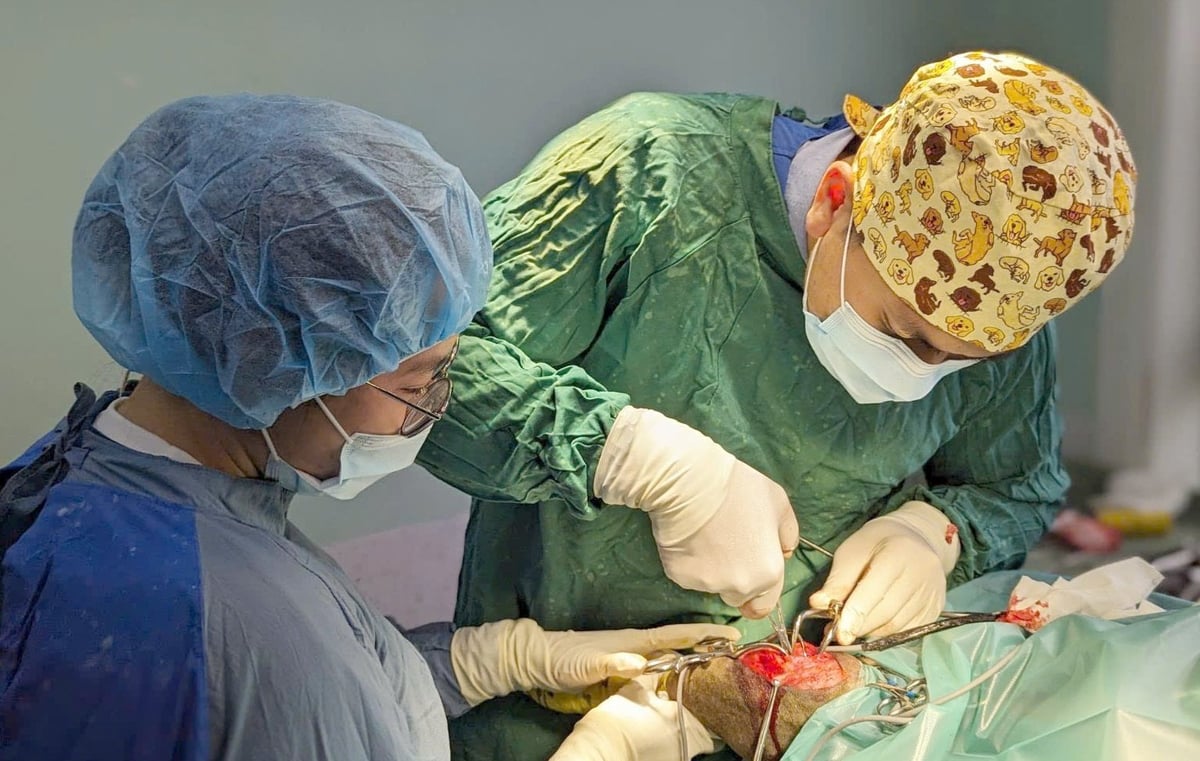
Students practice surgery on livestock. Photo: LB.
Vietnam's veterinary training facilities are not yet adequate to meet the current pace of development. The labor market is growing too quickly, making it impossible for many training schools to keep up. The training quality is thus uneven and many places have very little practice time in contrary to the veterinary industry’s requirements.
High school graduates now tend to choose economics, business, and technology over other majors. Meanwhile, the minimum score for veterinary medicine is still quite high, and the competition rate is also among the top. Veterinarians are still considered an unsavory, hard-working profession with low income. This is also the reason why schools find it difficult to attract students to study veterinary medicine.
Translated by Samuel Pham
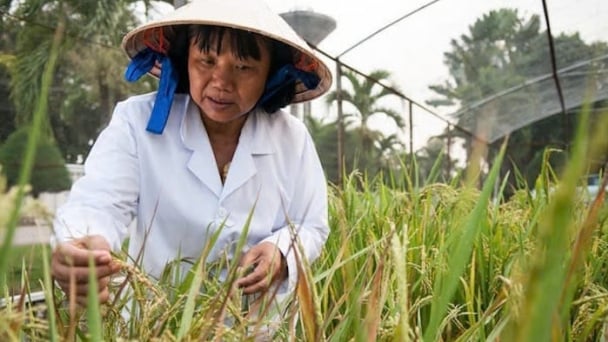
(VAN) The strategic partnership between Cambodia, the Philippines, Vietnam, and CGIAR ensures that innovative solutions effectively address national priorities for food system development.
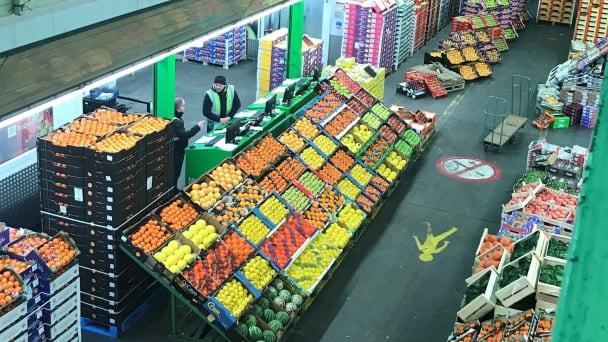
(VAN) This was affirmed by the UK Minister of State at the Department for Environment, Food and Rural Affairs during a working session with Deputy Minister Tran Thanh Nam on May 13.

(VAN) On May 13, the Ministry of Agriculture and Environment, in coordination with the Embassy of Vietnam in the United Kingdom, organized a seminar titled 'Connecting trade in Vietnam-UK agricultural, forestry, and fishery products'.
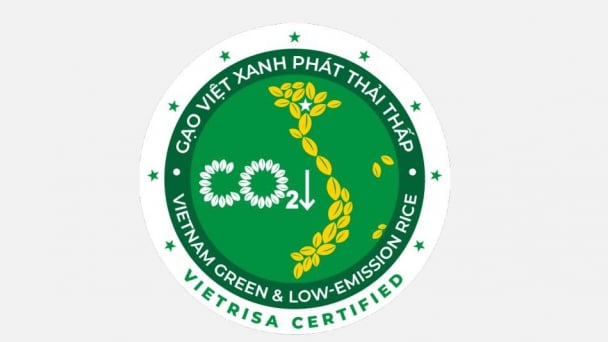
(VAN) The launch of the Vietnam green and low-emission rice brand is a positive signal for both businesses and farmers, marking readiness to reach new heights in the global market.

(VAN) The U.S. tariff will have a significant impact on Vietnam’s wood industry as well as the U.S. furniture market. A reasonable tariff rate would be beneficial for both sides.

(VAN) India's retail inflation remained below the central bank's 4% target for the third consecutive month as food prices rose at a slower pace, opening up room for more interest rate cuts.